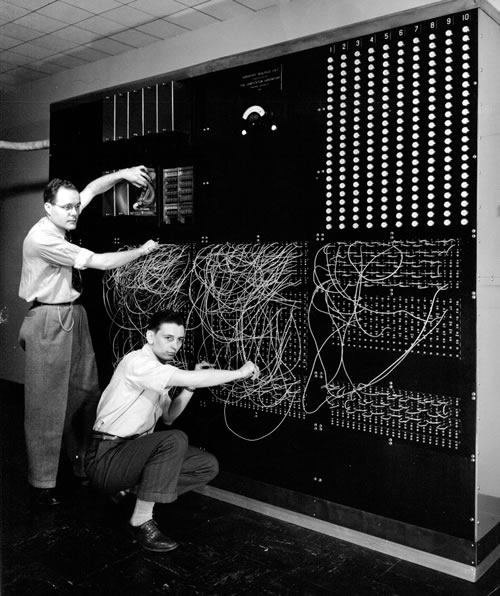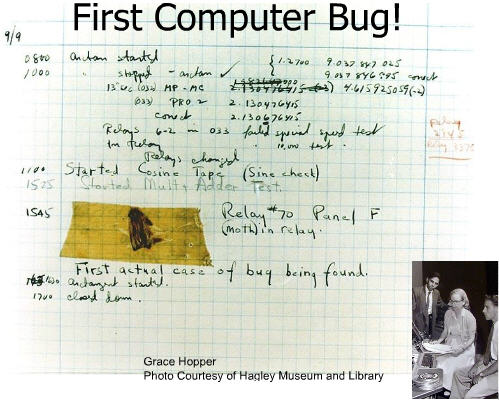By Ehsan Shams
During these six fascinating weeks at SGI, I have said and heard the words “bug” and “debugging” so often that if I had an inch for every time, I could go from Egypt to Tahiti and back a few dozen times. Haha! As an etymology enthusiast, I couldn’t resist digging into the origins of these terms. Here’s what I discovered.
The use of the term “bug” in engineering and technology contexts dates back to at least the 19th century. The term was used by Thomas Edison in a letter written in 1878 to Tivadar Puskás here, in which Edison referred to minor engineering flaws or difficulties as “bugs,” implying that these small issues were natural in the process of invention and experimentation.
Specifically, Edison wrote about the challenges of refining his inventions in this letter, stating:
“It has been just so in all of my inventions. The first step is an intuition—and comes with a burst, then difficulties arise—this thing gives out and [it is] then that ‘bugs’—as such little faults and difficulties are called—show themselves, and months of intense watching, study and labor are requisite before commercial success—or failure—is certainly reached.”

The term gained further prominence in the mid-20th century, especially in computing when engineers working on the Mark II computer at Harvard University in 1947, and found that the computer was malfunctioning. Upon investigation, Grace Hopper discovered that a moth had become trapped in one of the machine’s relays (Relay #70 on Panel “F” of the Harvard Mark II Aiken Relay Calculator), causing a problem, and took a photo of it and documented it.



The engineers removed the moth and taped it into the log book with the note: “First actual case of a bug being found.” While the term “bug” had already been in use to describe technical issues or glitches, this incident provided a literal example of the term, and it is often credited with popularizing the concept of “de-bugging” in computer science.
The logbook, complete with the taped moth, is preserved in the Smithsonian National Museum of American History as a notable piece of computing history. This incident symbolically linked the term “bug” with computer errors in popular culture and the history of technology.
Turns out that the term “bug” has a rich etymology, originating in Middle English where it referred to a ghost or hobgoblin that troubled and scared people. By the 16th century, “bug” started to be used to describe insects, particularly those that were seen as pests, such as bedbugs which cause discomfort, then in the 19th century, engineers adopted “bug” as a metaphor for small flaws or defects in machinery, likening these issues to tiny pests that could disrupt a system’s operation and cause discomfot.
It’s hilarious how the word “bug” still sends shivers down our spines—back then, it was ghosts and goblins, and now it could be a missing bracket hiding somewhere in a hundred-something-line program, a variable you forgot to declare, or an infinite loop that makes your code run forever!
References:
- Edison, T. (1878). Letter to Tivadar Puskás. The Thomas Edison Papers. Rutgers University. https://edisondigital.rutgers.edu/document/D7821ZAO#?xywh=-2%2C-183%2C940%2C1090
- National Geographic Education. (n.d.). World’s first computer bug. Retrieved August 18, 2024, from https://education.nationalgeographic.org/resource/worlds-first-computer-bug
- Hopper, G. M. (1987). The Mark II computer and the first ‘bug’. Proceedings of the ACM History of Programming Languages Conference.